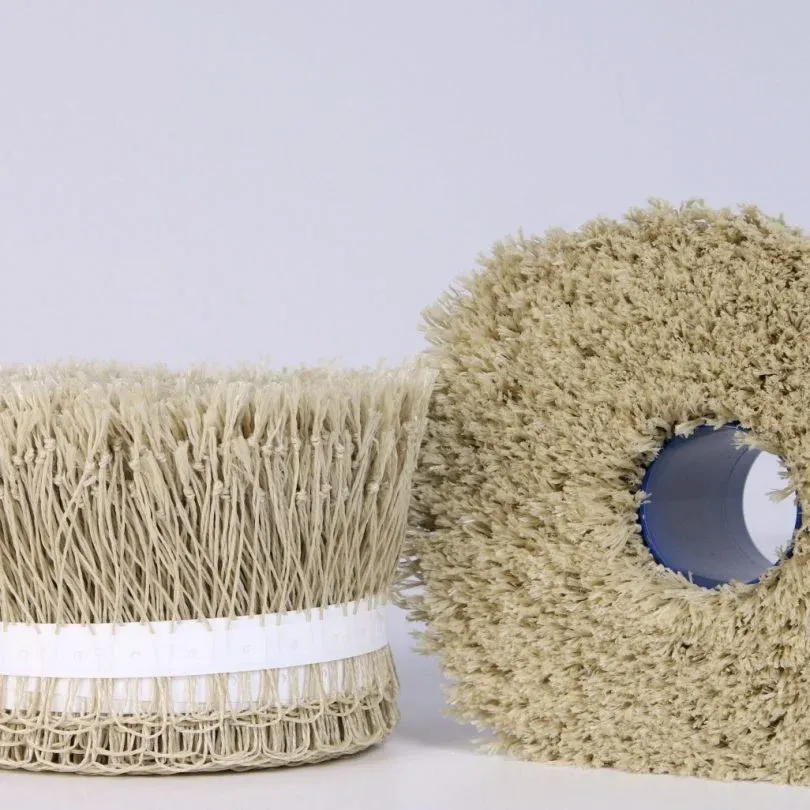Clipping Solutions for Salami Production: Specialized Equipment and Best Practices

Salamis production is not just sausage making, but an art and a science. Usually, the focus is on recipes, drying methods, and ripening conditions, but the quality and stability of production lines should not be overlooked. I would like to draw your attention to the moment when the salami is filled and clipped.
Whether you have a small family business or an industrial sausage complex, you need the right clipping machines and the right accessories (clips, loops, and casings) to ensure that your sausage recipe is preserved and prepared correctly. Whether it's sealing natural casings for handmade salami or working on high-speed automated lines for large-scale production, the right trimming technology can be crucial for efficiency, product quality, and shelf life.
In 2025, pneumatic and automatic clipping systems have evolved to meet the growing needs of global meat producers. Let's take a closer look at the specialized equipment and advanced techniques that define the modern salami production industry.
Why trimming is important in salami production
Imagine you are making your perfect recipe. All the ingredients are perfectly selected and mixed in the ideal proportions. Every type of salami, from mild soppressa to strong pepperoni, requires a reliable and durable seal at both ends of the casing.
Proper clipping:
- Prevents the casing from slipping during fermentation and drying
- Ensures a stable shape for even maturation
- Ensures food safety by preventing contamination of the filling
- Maintains a presentable brand appearance by ensuring perfect loop and label positioning
After that, you can safely send it to the right place so it can cure and get the right sausage quality.
Special equipment for clipping salami
Many sausage manufacturers have separate lines specifically for salami. These salami production lines use various types of clippers, each of which is suitable for specific production volumes and product requirements.
We cannot say that there are special clippers only for salami, but we cannot deny the possibility of producing only salami on our clippers.
Which clippers can be used to produce salami in Canada and the USA?
1. Semi-automatic clipping machines
Ideal for small and medium-sized producers who value flexibility. These machines process natural, collagen and plastic casings with minimal setup time.
2. High-speed, fully automatic clippers with high capacity
Ideal for industrial salami production lines. KOMPO KN-501 machines can cut hundreds of products per minute, integrate with portioning systems, and work with different types of casings while maintaining high accuracy.
3. Combinations of loops and clips
Loops facilitate hanging in drying chambers, while clips ensure a tight seal. With the help of loops, processors can select the ideal size for salami of any diameter.
Best practices for clipping salami
- Match clip type to casing – Natural casings require gentler pressure when closing than synthetic casings to avoid tearing.
- Check tension settings regularly – Over-tightening can damage the product; under-tightening can cause leaks.
- Use food-grade clips – Stainless steel or coated aluminum clips prevent rust and contamination.
- Keep spare consumables in stock – Local suppliers such as KOMPO North America Inc. ensure quick replenishment without downtime.
- Test new consumables before full implementation – Free samples allow you to verify compatibility with your equipment before purchasing large quantities.
Local suppliers play a key role in ensuring profitability
Canadian and American meat processors and sausage manufacturers are increasingly turning to local suppliers to avoid customs delays, cross-border fees, and unreliable delivery times. KOMPO North America Inc. maintains a constant stock of loops and clips, offers colour options at the same price, and supplies consumables compatible with Polyclip at a price 50% lower than the original manufacturers.
